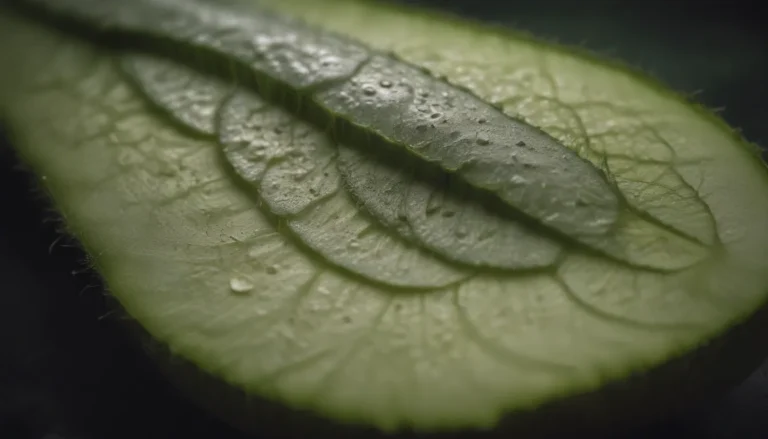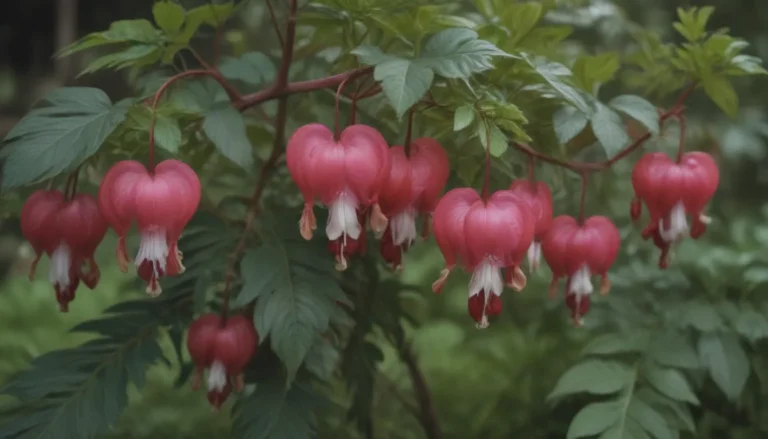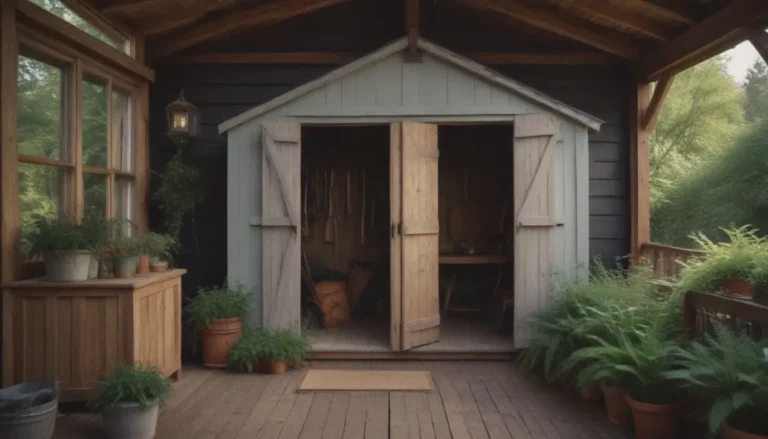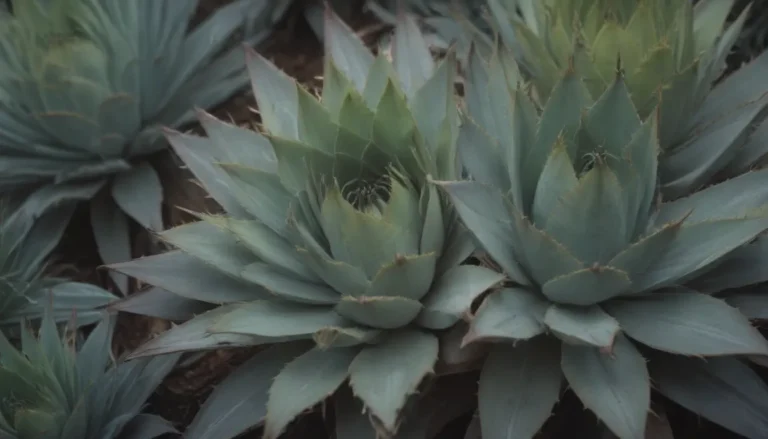Ultimate Guide: How to Grow and Care for Cauliflower
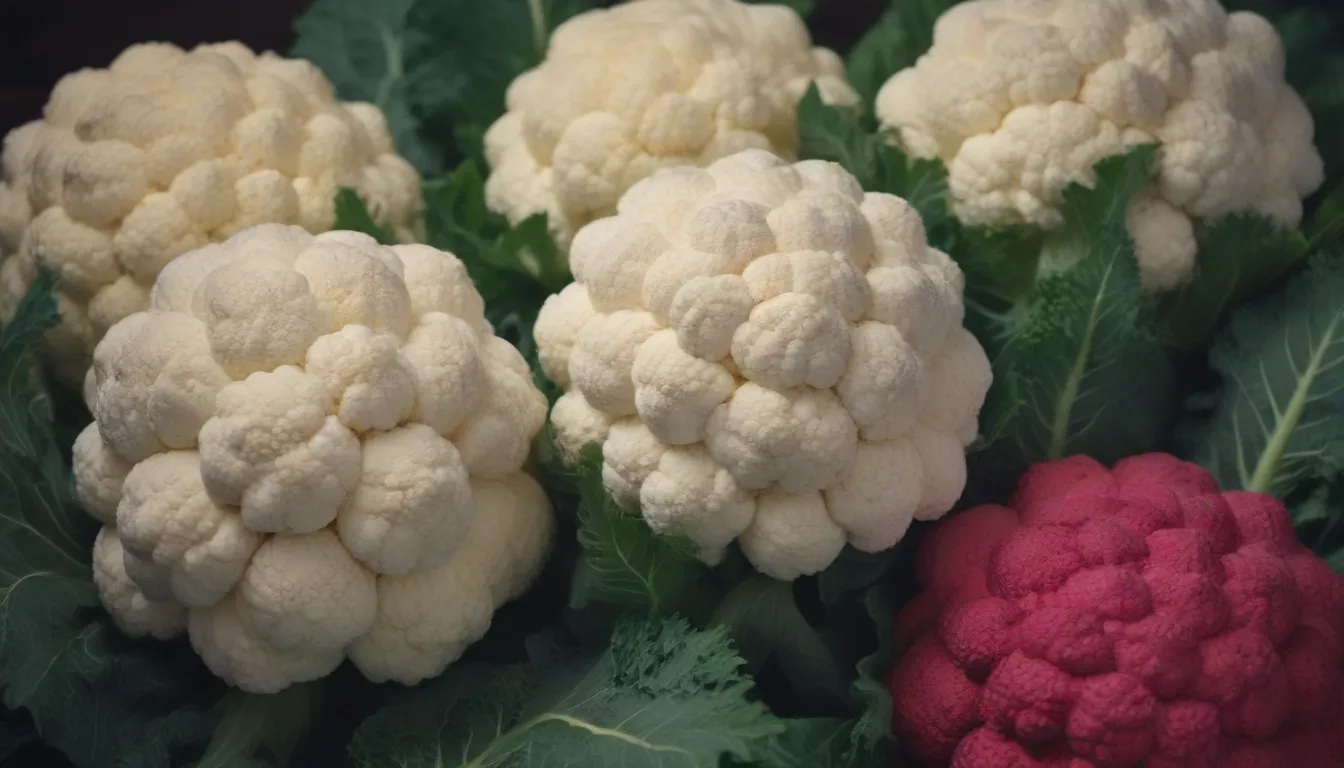
Cauliflower, a member of the cabbage-related cole crops, is a delicious and nutritious vegetable that thrives in cool weather. With its distinctive nutty flavor and tightly packed curds, cauliflower is a versatile ingredient that can be enjoyed in various dishes. However, growing cauliflower can be a bit challenging due to its sensitivity to temperature changes and susceptibility to pests and diseases. But fear not, with the right care and attention, you can successfully grow your own cauliflower at home.
In this comprehensive guide, we will walk you through everything you need to know to plant, care for, and harvest cauliflower in your garden. From selecting the perfect planting site to dealing with common pests and diseases, we’ve got you covered. So grab your gardening gloves and let’s get started!
Planting Cauliflower
When to Plant
- For a summer harvest, plant cauliflower seedlings about two weeks before the last average frost date in the spring.
- Harden off your transplants before setting them out in the garden.
- Consider planting in mid- to late summer for a fall harvest in cold climates.
Selecting a Planting Site
- Choose a location with full sun or partial afternoon shade.
- Ensure the soil is rich, fertile, well-draining, and follow crop rotation rules.
Spacing, Depth, and Support
- Plant cauliflower seedlings 18 to 20 inches apart in rows 2 to 3 feet apart.
Cauliflower Care
Light
- Cauliflower plants need full sun, with some partial afternoon shade in hot climates.
Blanching Cauliflower
- Blanch cauliflower to avoid discoloration, especially white varieties.
- Begin blanching when the heads are about the size of a large egg.
Soil
- Cauliflower thrives in soil rich in organic matter with a pH between 6.5 and 7.5.
Water
- Provide consistent moisture (1 to 2 inches per week) to prevent stunted growth and bitterness in heads.
- Ensure water soaks 6 to 8 inches into the soil.
Temperature and Humidity
- Cauliflower prefers cool weather and is sensitive to frost.
- Mulch plants at planting time to keep the soil cool and retain moisture.
Fertilizer
- Fertilize cauliflower every two to four weeks with organic fertilizers to prevent nitrogen burn.
- Test soil for boron deficiency, which can cause hollow stems and deformed curds.
Types of Cauliflower
- ‘Snow Crown’, ‘Amazing’, ‘Denali’, ‘Green Goddess’, ‘Purple Moon’, ‘Cheddar’
- Choose varieties based on growth cycle, heat tolerance, and cold tolerance.
Standard White vs. Colored Cauliflower
- Orange cauliflowers get their color from beta-carotene, not GMO.
- Purple cauliflowers derive their color from antioxidant anthocyanin.
- Romanesco is a unique vegetable with a nutty texture and flavor.
Harvesting
- Harvest cauliflower when heads reach desired size with tight buds.
- Freeze mature cauliflower if not ready to use immediately.
- Store harvested cauliflower in a cool, dry place for up to a month.
Growing Cauliflower in Pots
- Choose pots at least 12 inches wide and deep with good drainage.
- Water plants regularly and provide afternoon shade to prevent heat stress.
Pruning
- Remove yellow or spotted leaves promptly to prevent diseases from spreading.
Growing Cauliflower from Seed
- Propagate cauliflower from seeds for more variety and control.
- Sow seeds 1/2 inch deep, 18 inches apart, and thin seedlings accordingly.
Common Pests and Plant Diseases
- Protect cauliflower from cabbage maggots, cabbage loopers, and other pests with row covers.
- Clean up debris and practice crop rotation to prevent diseases like black leg and black rot.
Growing cauliflower requires time, care, and attention. By following these tips and guidelines, you can enjoy a bountiful harvest of delicious and nutritious cauliflower in your garden. So roll up your sleeves, get your hands dirty, and watch your cauliflower plants thrive! Happy gardening!
